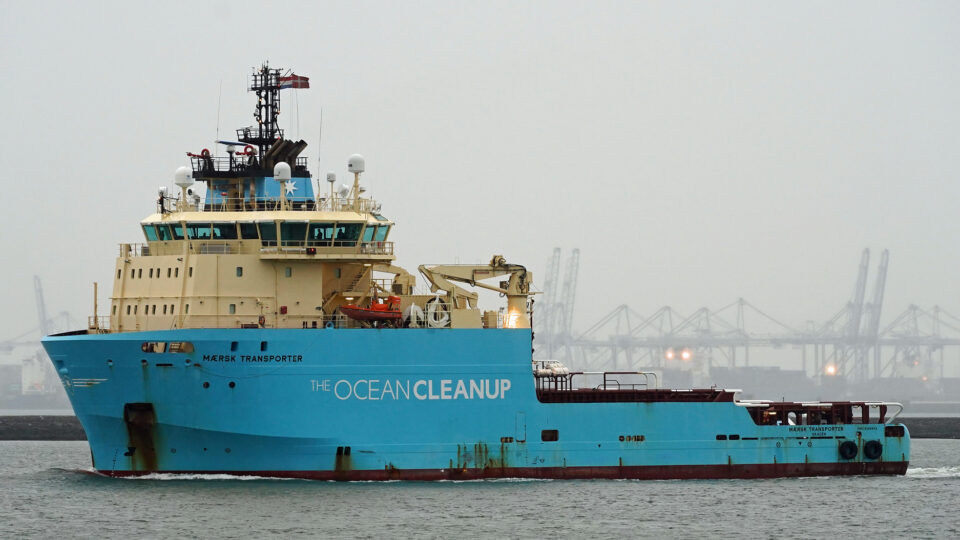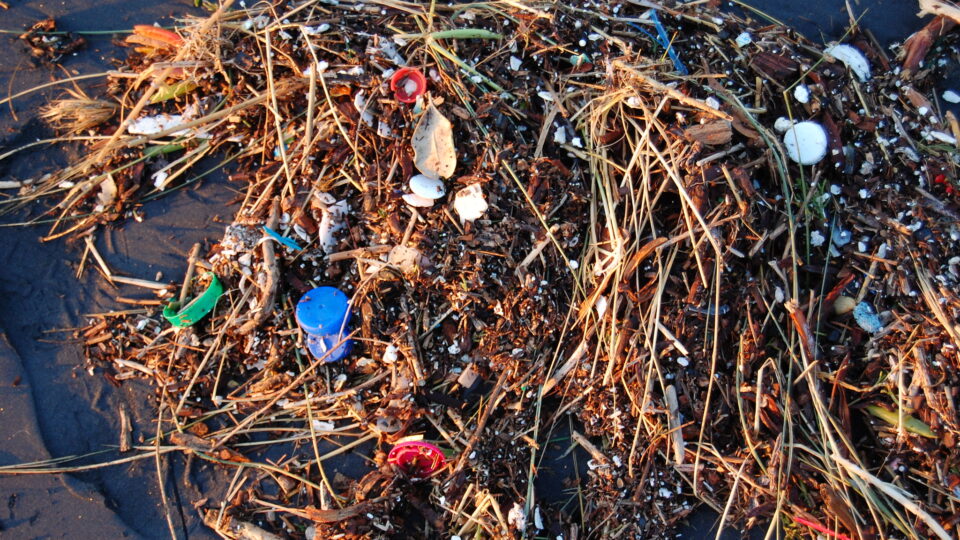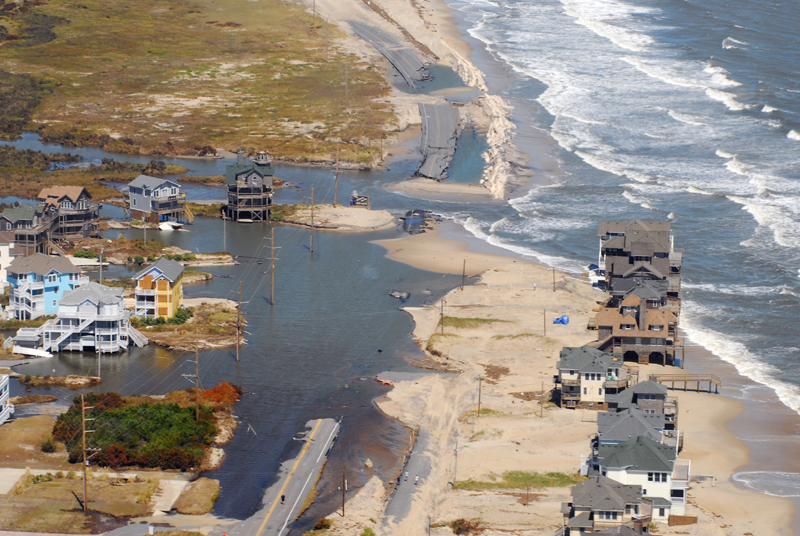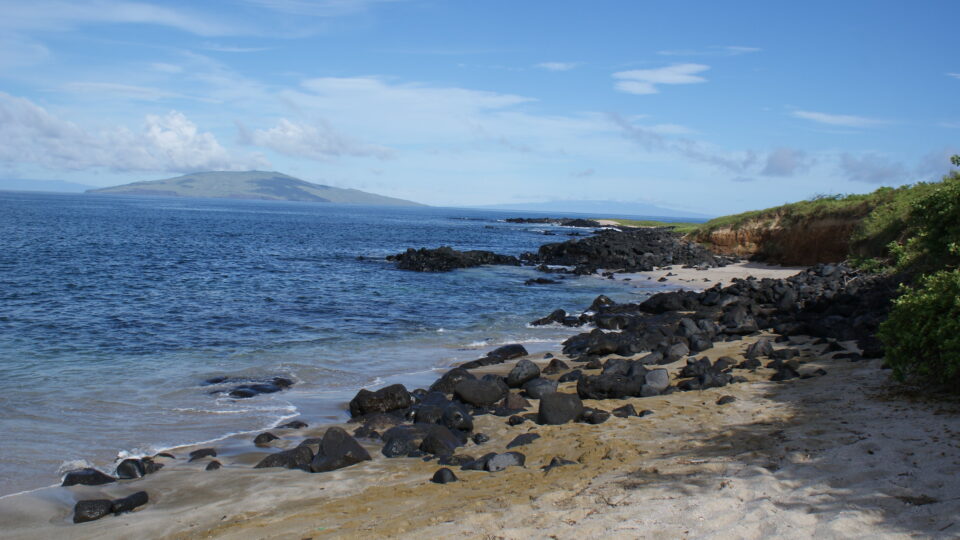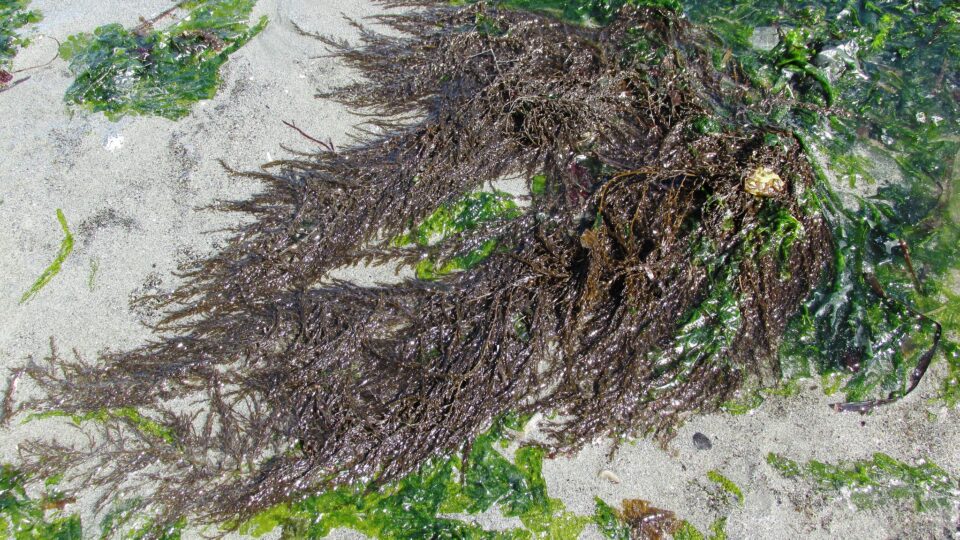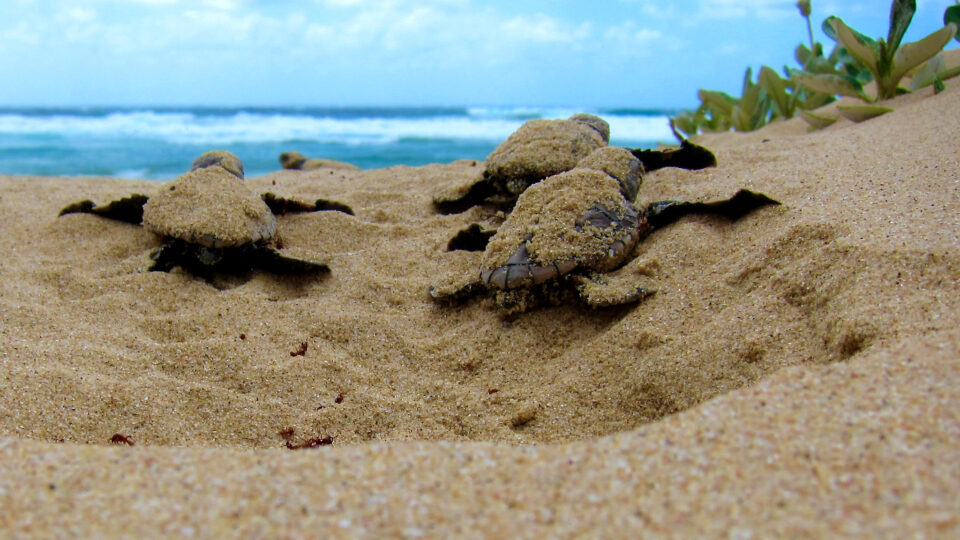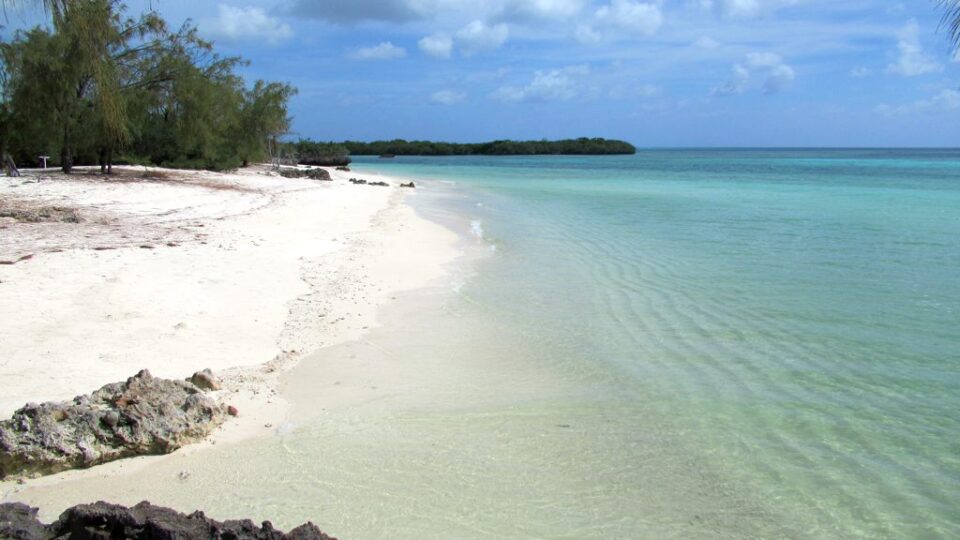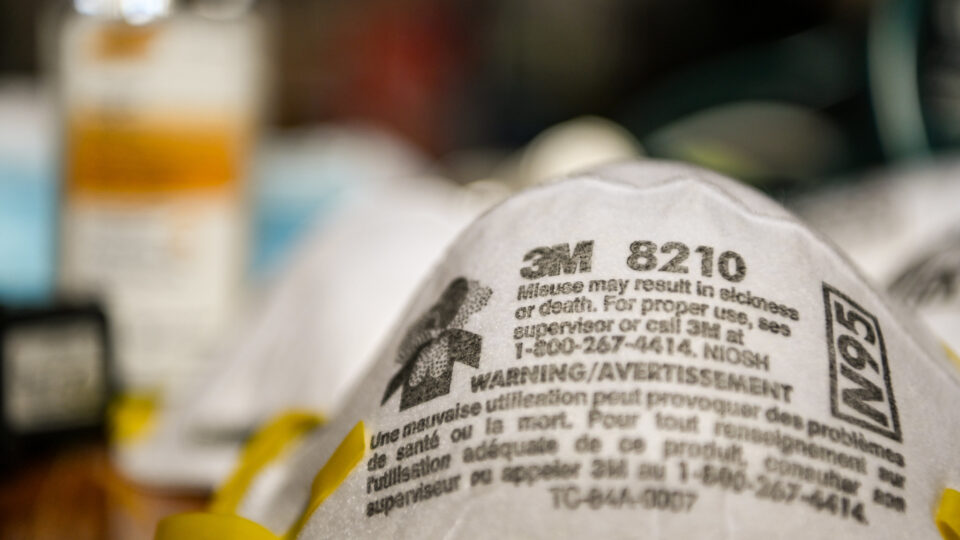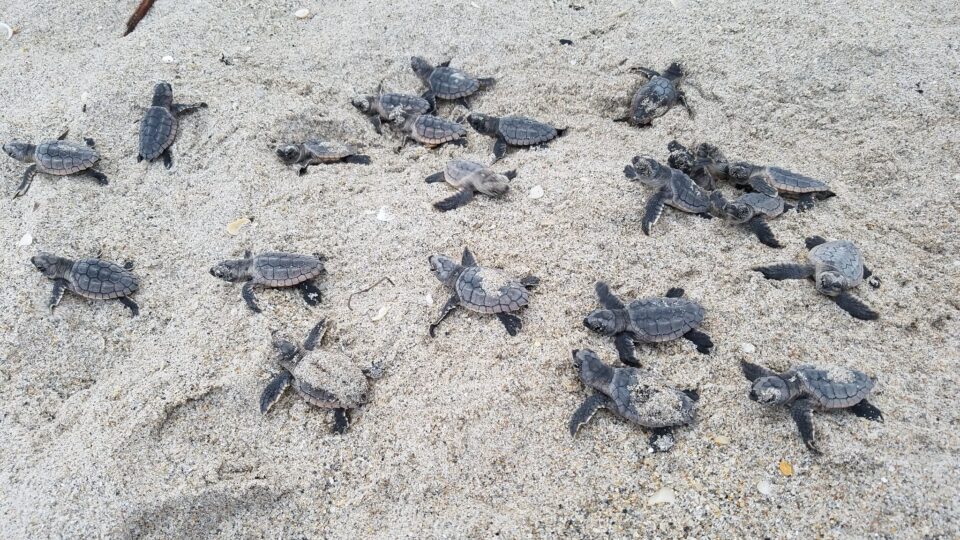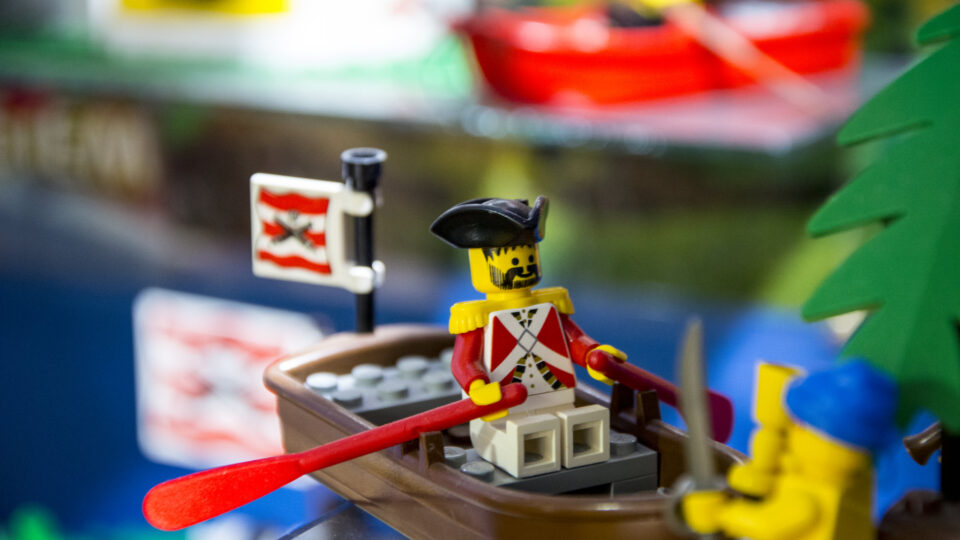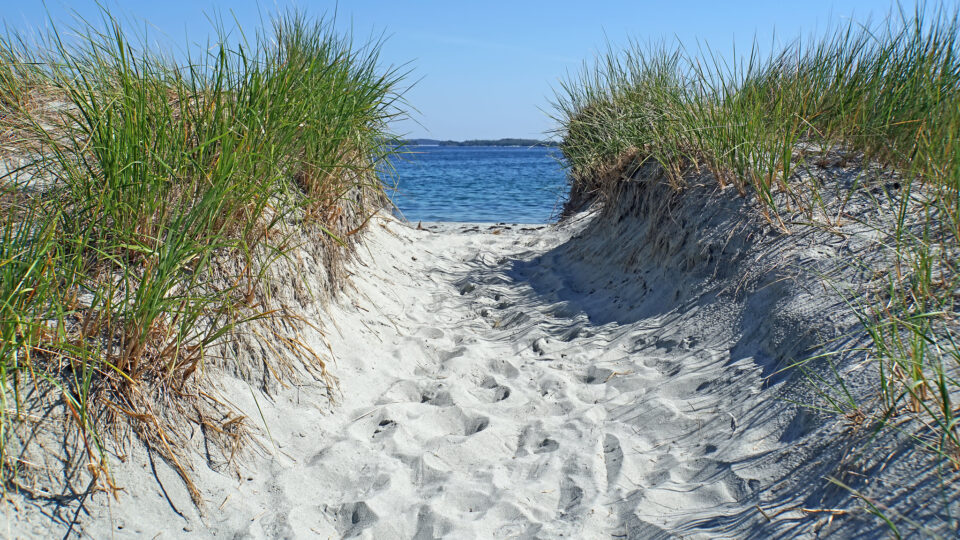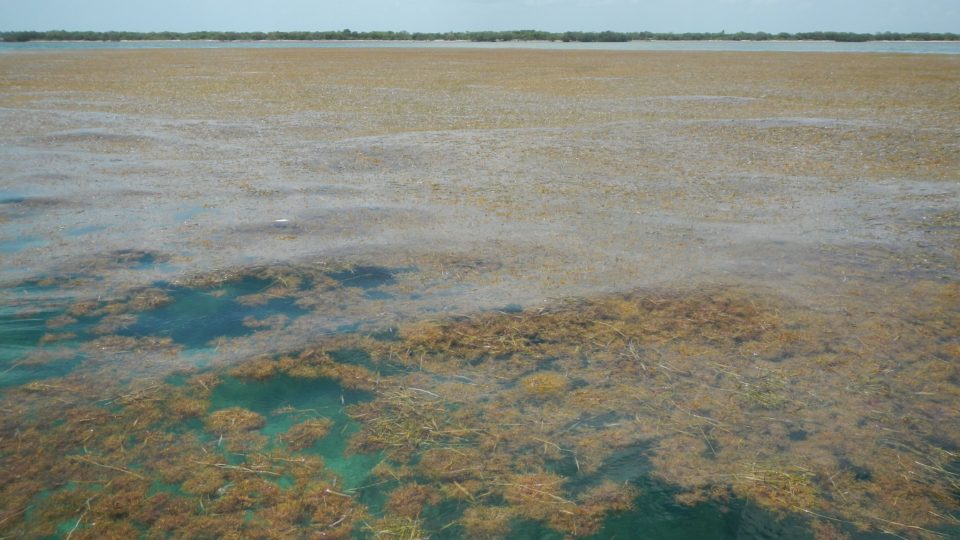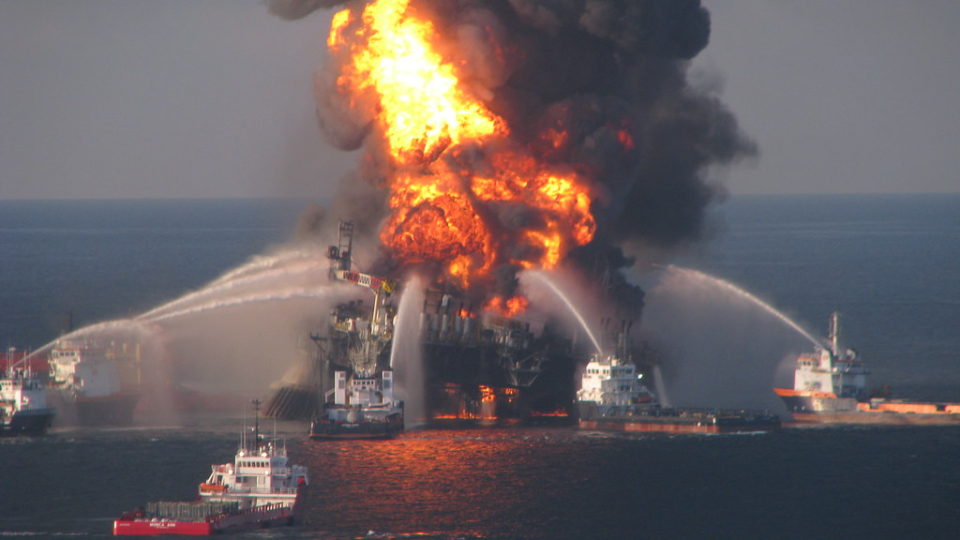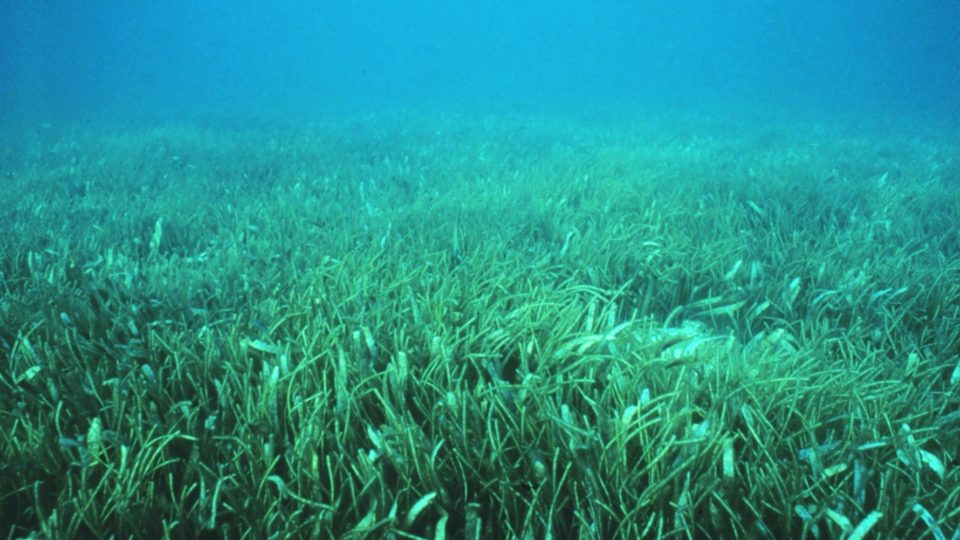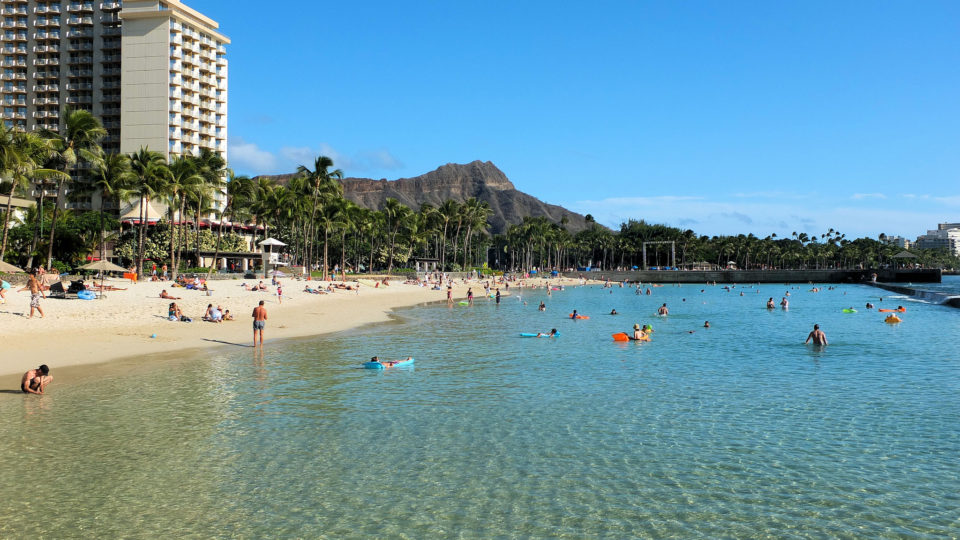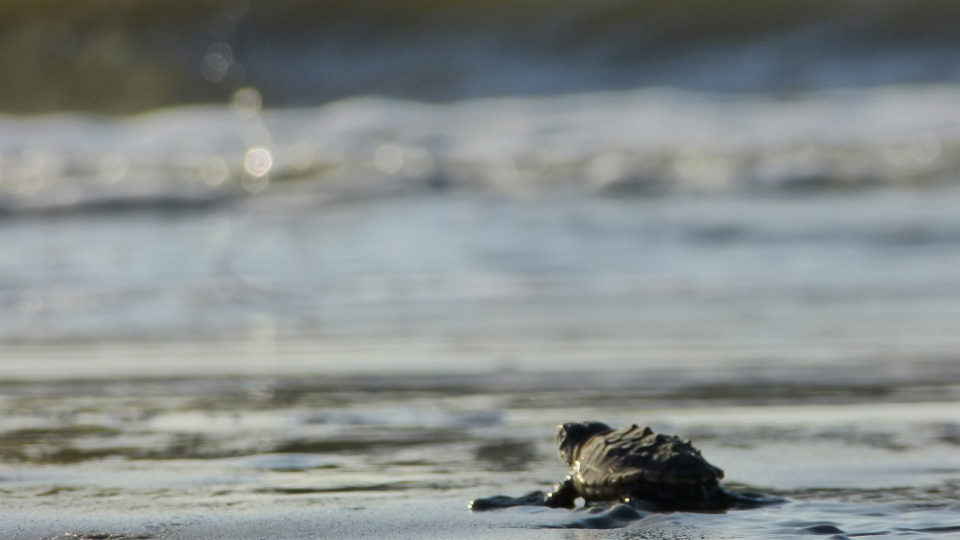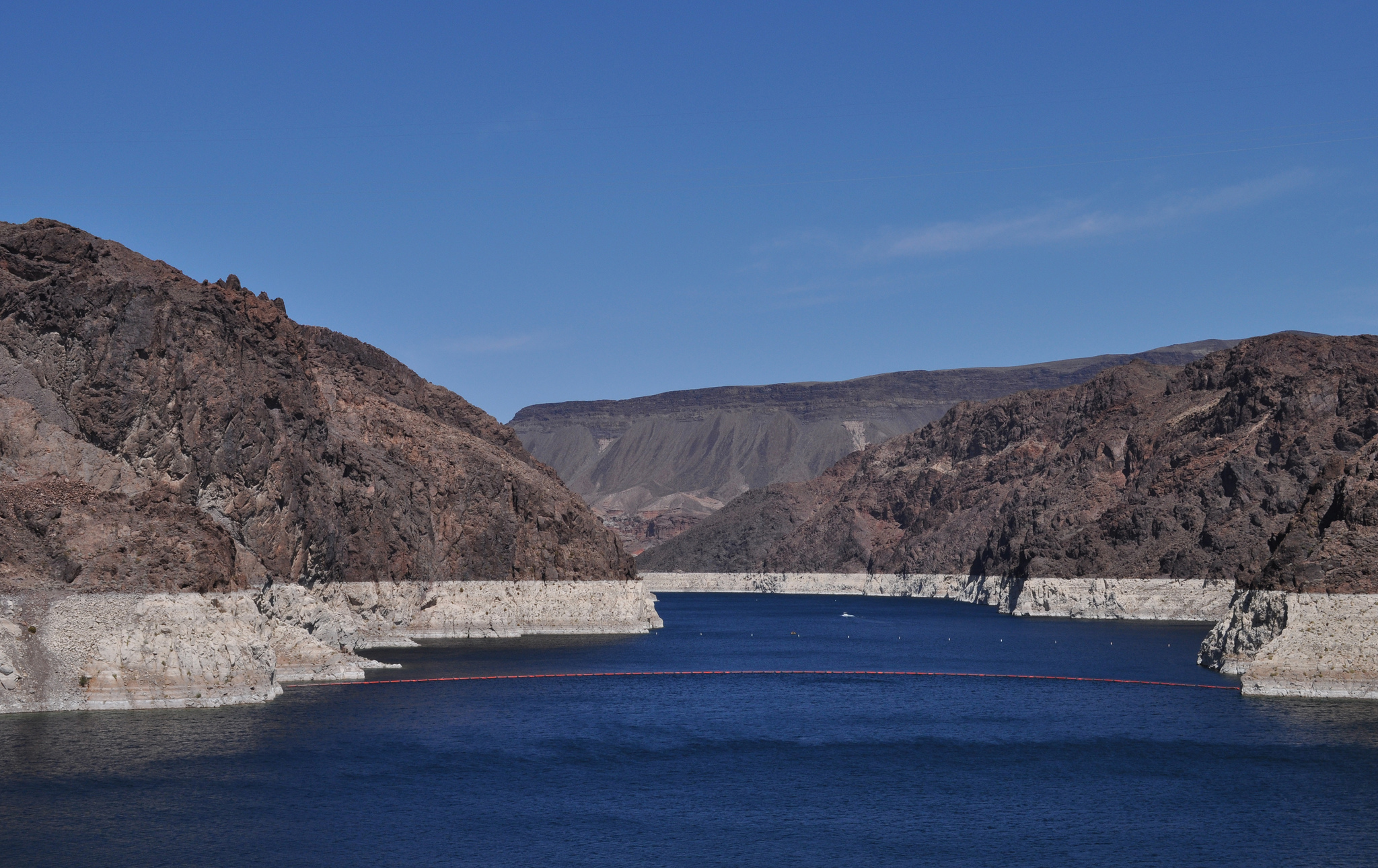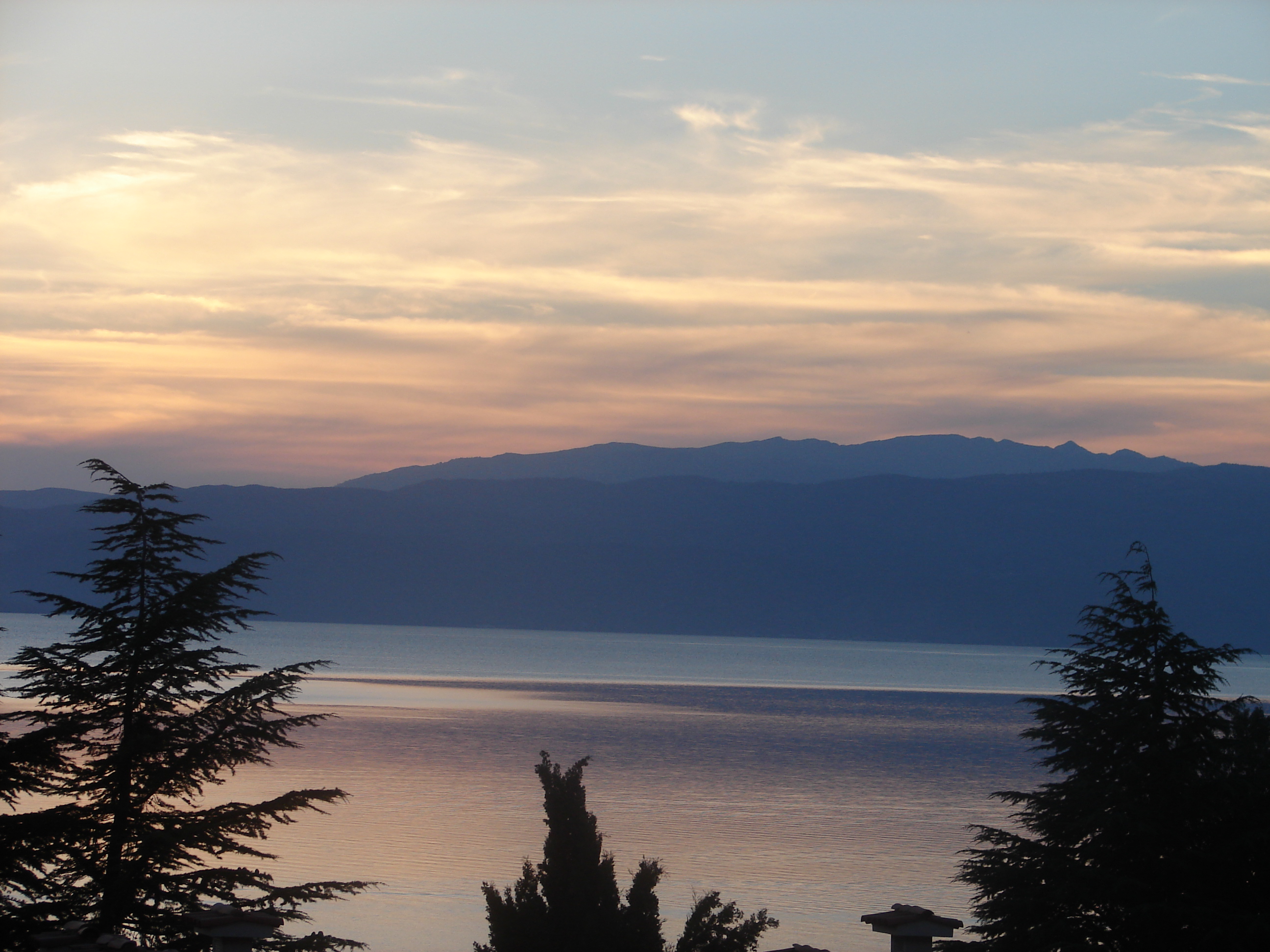A team of scientists has found thriving communities of coastal creatures living thousands of miles from their original homes and now ensconced on plastic debris in the Great Pacific Garbage Patch.
A new study published in the journal Nature Ecology & Evolution reports that dozens of species of coastal invertebrate organisms – including tiny crabs and anemones – have been able to survive and reproduce on plastic garbage that has been floating in the ocean for years.
The Great Pacific Garbage Patch is an area in the ocean between California and Hawaii, larger than Texas, where plastic debris has been collected by the North Pacific Subtropical Gyre, one of five huge, spinning circular currents in the world’s oceans. The patch is estimated to contain about 1.8 trillion pieces of plastic weighing an estimated 90,000 tons. The Ocean Cleanup Initiative is dedicated to removing this immense accumulation of plastic, but it is an immense job.
Researchers discovered this new ecosystem after analyzing plastic samples collected by The Ocean Cleanup organization during its expeditions in the Pacific. They were surprised to find 37 different invertebrate species that normally live in coastal water and only a dozen species that live in open waters. These species have made their way from North America and have thrived. So, the garbage patch has created a novel community that didn’t previously exist.
Debris from the Great Pacific Garbage patch constitutes the majority of debris arriving on Hawaiian beaches and reefs. Hawaii’s fragile marine ecosystems have long been protected from invasive species because of the very long distances from North America or Asia. With the coastal species now inhabiting the garbage patch, there is increased danger of colonization by them in Hawaii’s ecosystems.
**********
Web Links
Coastal species persist on high seas on floating plastic debris
Photo, posted September 30, 2020, courtesy of Kees Torn via Flickr.
Earth Wise is a production of WAMC Northeast Public Radio
